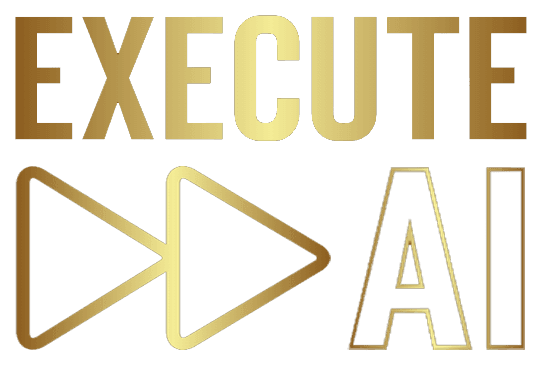Gridware’s boxes literally listen to power lines to find outages
The Symphony of the Grid
Imagine a world where the power grid, that intricate web of wires and transformers that brings us light and keeps our Netflix binges uninterrupted, could talk. Well, Gridware is making it happen – sort of. They’ve developed a rather ingenious system: placing sensors, or ‘boxes’ as they call them, along power lines to essentially listen for the tell-tale signs of trouble. It’s like having a doctor with a stethoscope, but for electrical infrastructure. Only instead of saying “take a deep breath,” it’s more like, “that buzzing sounds a bit dodgy, old chap.”
How Does Acoustic Monitoring Work?
The magic lies in the sensors and the AI-powered software that interprets the sounds they pick up. These aren’t your run-of-the-mill microphones; they’re sophisticated acoustic sensors designed to capture a wide range of frequencies. The software then analyses these soundscapes, identifying patterns and anomalies that indicate potential problems. Think of it as teaching a computer to distinguish between the hum of a healthy transformer and the crackle of an impending fault. It’s a bit like teaching a dog to sniff out truffles, but instead of earthy delights, it’s hunting for electrical gremlins.
The AI Advantage: Learning the Language of Power
What makes Gridware’s approach particularly clever is the use of AI and machine learning. The system isn’t just programmed to recognize a fixed set of sounds; it’s constantly learning and adapting as it encounters new data. This means it can identify subtle changes in the acoustic signature of a power line that might escape human detection. The AI learns to correlate specific sounds with specific types of faults, improving its accuracy over time. It’s akin to a seasoned detective honing their intuition, only with algorithms and data sets instead of hunches and gut feelings.
Benefits Beyond Immediate Outage Detection
The advantages of this technology extend beyond simply identifying outages as they happen. By continuously monitoring the health of power lines, Gridware’s system can help predict potential failures before they occur. This allows utilities to proactively address issues, preventing outages and reducing the risk of equipment damage. It’s preventative medicine for the grid, if you will, heading off problems before they become full-blown emergencies. This predictive capability is crucial for maintaining a reliable and resilient power supply, especially as grids become more complex and strained with the integration of renewable energy sources. The impact on maintenance costs and resource allocation could be revolutionary, and it’s all thanks to a little bit of listening.
A Quieter, More Reliable Future
Gridware’s innovative approach represents a significant step forward in grid management. By literally listening to the power lines, they’re providing a new level of insight into the health and performance of our electrical infrastructure. This technology has the potential to improve grid reliability, reduce outages, and save utilities (and consumers) a considerable amount of money. It’s a testament to the power of combining innovative sensor technology with sophisticated AI to solve real-world problems. So next time the lights stay on during a storm, you might just have Gridware’s vigilant ears to thank.

